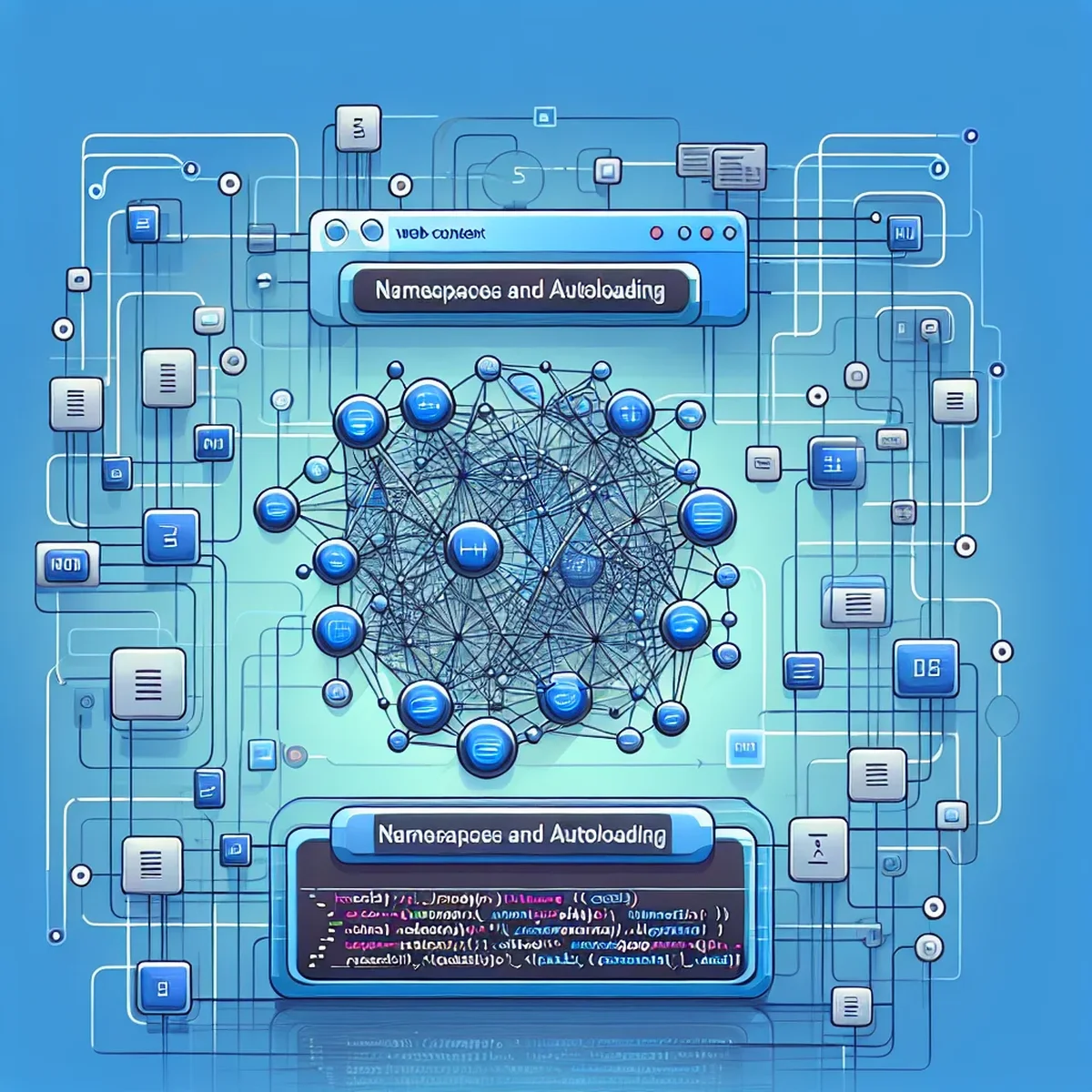Mastering Linting Style Guides in WordPress Development

Linting style guides are essential tools for maintaining high standards of code quality in WordPress development. By enforcing consistent coding practices, linting can greatly enhance both the performance and reliability of WordPress sites. In this post, we'll delve into the importance of linting, how to implement it in your workflow, and tips for maintaining it effectively.
Understanding the Role of Linting in WordPress
Linting tools analyze your code for errors, bad practices, or deviations from defined coding standards. In the context of WordPress, where PHP, JavaScript, and CSS are heavily used, linting ensures that your themes and plugins work efficiently and are free from common coding pitfalls.
Why Linting Matters
- Code Quality and Maintainability: Ensures that your codebase is clean, readable, and easy to maintain.
- Bug Prevention: Catches potential errors and bugs at an early stage.
- Efficiency in Development: Saves time in code reviews and debugging by automatically checking each line of code.
Choosing the Right Linting Tools
Selecting appropriate linting tools is critical for effective WordPress development. Here are some popular choices:
- PHP_CodeSniffer (PHPCS): Great for PHP with WordPress Coding Standards.
- ESLint: Widely used for JavaScript, with custom rulesets available.
- Stylelint: Ideal for ensuring CSS code quality.
Integrating Linting into Your Development Workflow
Incorporate linting into your IDE or through command-line scripts. Tools like Visual Studio Code and PhpStorm have integrated support for linting tools. Additionally, consider adding pre-commit hooks using tools like Husky to lint code before commits are made.
Best Practices for Implementing Linting Style Guides
To get the most out of linting, follow these best practices:
- Customize Rules to Fit Your Needs: Adjust the rules based on your team's specific requirements and the project’s needs.
- Regularly Update Linting Rules: Keep your linting rules updated with the latest coding standards and practices.
- Educate Your Team: Ensure all team members understand the importance of linting and how to use the tools effectively.
Maintaining and Evolving Your Linting Strategy
As projects grow and technologies evolve, your linting strategy should also adapt. Regularly review and refine your linting rules, and stay informed about new updates in the linting tools you use.
- Schedule Periodic Reviews: Regularly review your linting tools and rules as part of your development cycle.
- Automate Where Possible: Automate the linting process as much as possible to reduce manual oversight and errors.
- Gather Feedback: Encourage feedback from developers to continuously improve the linting process.
Conclusion
Linting style guides are not just tools for enforcing coding standards; they are essential for fostering a culture of quality and efficiency in WordPress development projects. By understanding its role, choosing the right tools, and following best practices, you can ensure that your WordPress code is not only error-free but also optimized for future maintenance and scalability.
Implementing a robust linting strategy will lead to cleaner code, fewer bugs, and a more productive development environment. Equip your team with the knowledge and tools they need to embrace these practices, and watch your WordPress projects thrive.
FAQ
- What is linting in WordPress development?
- Linting is the process of running a program that checks code for stylistic or programming errors, helping developers to maintain a consistent codebase and adhere to best practices.
- How can I choose the right linting tools for my WordPress projects?
- Consider the languages you use (PHP, JavaScript, CSS), your team's coding standards, and the integration capabilities with your existing development tools. Tools like ESLint for JavaScript and PHPCS for PHP are popular in WordPress development.
- Can linting improve team collaboration in WordPress development?
- Yes, linting ensures that all team members adhere to the same coding standards, reducing conflicts and misunderstandings in the code review process.